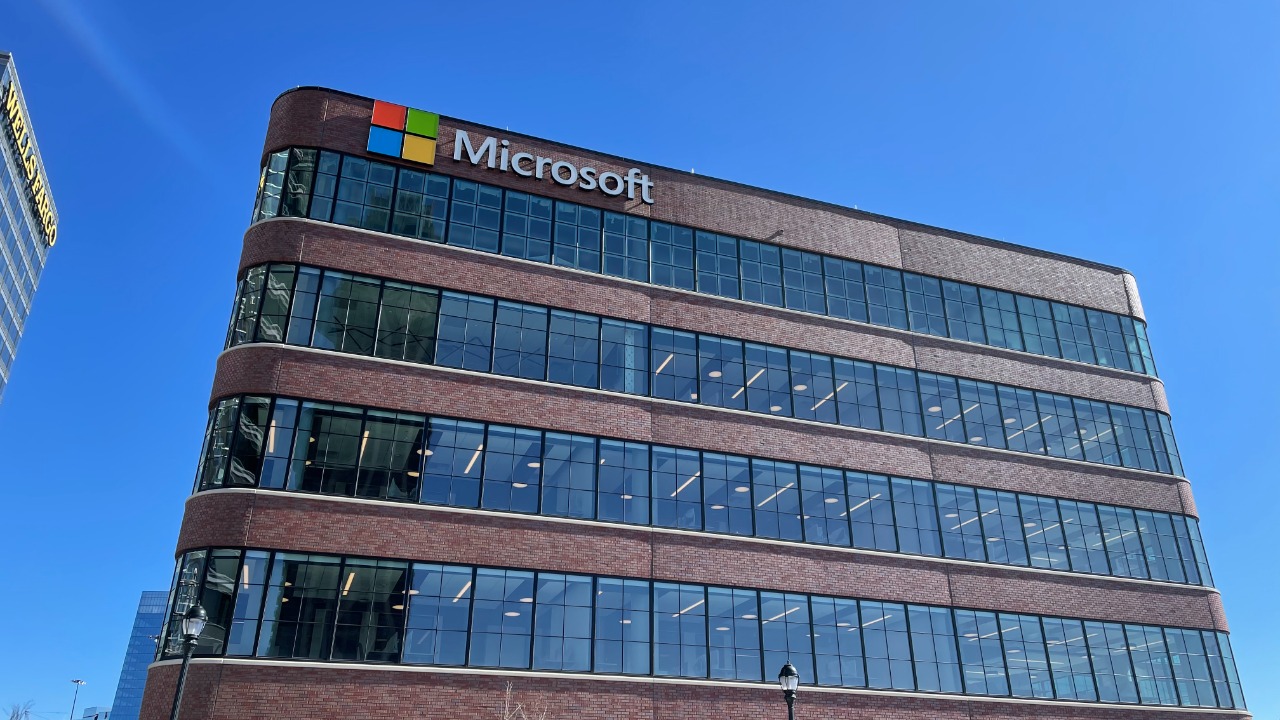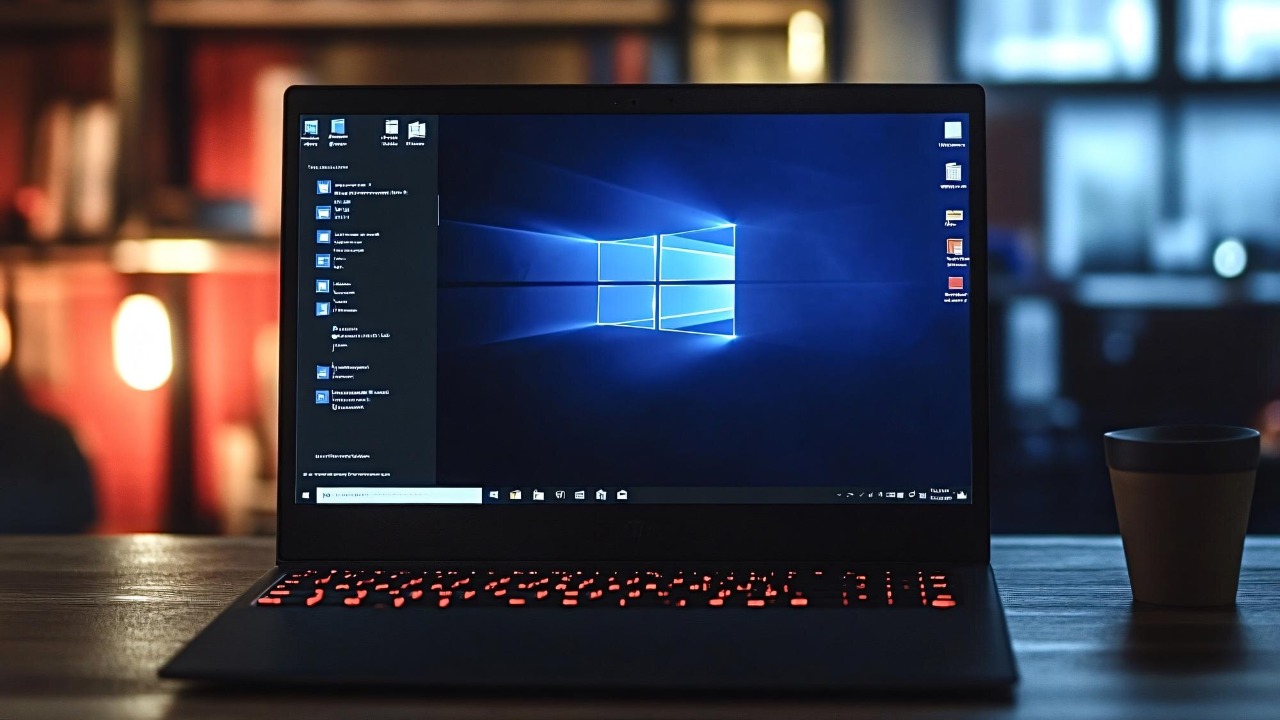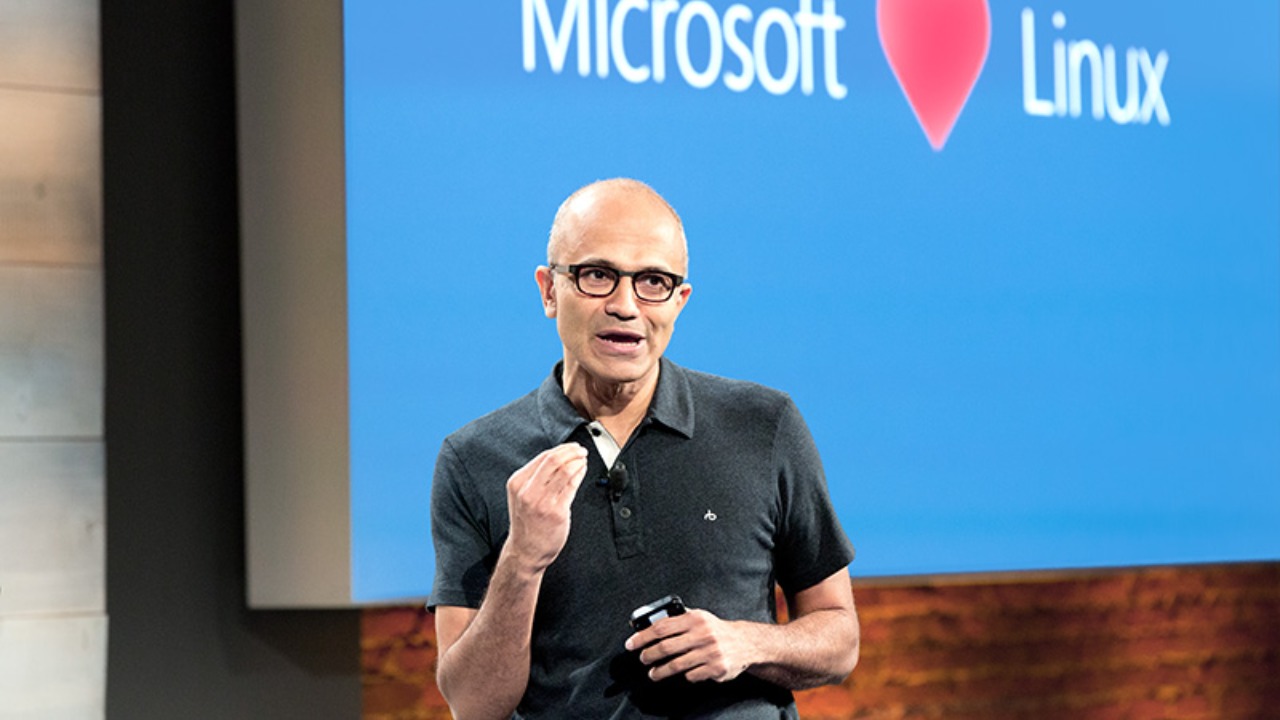
Microsoft is embarking on a venture to monetize its flagship product, Windows, by testing an ad-supported subscription model. This shift could potentially redefine how users interact with their operating systems and influence the broader tech market.
Understanding the Ad-Supported Model

Ad-supported software isn’t a novel concept. Essentially, it allows users to access software free of charge, with the costs offset by advertising revenue. This model has been adopted by various businesses, from mobile apps to streaming platforms, providing an alternative income stream and broadening user base access.
A noteworthy example of this model is the free tier offered by Netflix. The streaming giant has leveraged ad-supported access to reach a wider audience, significantly impacting the market landscape. Similarly, Microsoft has previously ventured into the ad-supported sphere with its Office Apps, offering limited functionality versions of its popular software suite.
Implications for Windows Users

As Microsoft tests an ad-supported Windows subscription, users may anticipate changes in their Windows experience. Ads might become a regular part of the interface, appearing at varying frequencies depending on the model’s implementation. However, the specifics of the ad interface and frequency are yet to be seen.
The ad-supported version may also come with feature restrictions, similar to the experience with Microsoft’s ad-supported Office Apps. Users may have to upgrade to a premium version for full access, prompting mixed reactions from users. Initial feedback suggests concerns about potential disruptions to productivity and the overall user experience.
Implications for the Tech Market

This move by Microsoft signifies a shift from a product-based to a service-based business model. By providing Windows as a service, Microsoft may increase its long-term revenue through ads and premium upgrades. This strategy mirrors the path taken by many software companies in recent years.
The ad-supported Windows model could also influence competitor strategies. Tech giants like Apple, Google, and Linux might respond to this shift, potentially sparking a new trend in operating system monetization. Market response is likely to vary, presenting both opportunities and challenges for Microsoft and its competitors.
The Future of Ad-Supported Software

The ad-supported model has potential for growth and sustainability. As more businesses adopt this model, it may become an industry standard, especially for software companies looking for alternative revenue sources. However, the success of this model largely depends on striking a balance between user experience and ad frequency.
Future trends in ad-supported software may include more personalized ads, which could raise privacy concerns. Users may worry about their data being collected and used for targeted advertising. Microsoft, as a key player, will play a significant role in shaping the future of this business model, setting standards for ad frequency, user privacy, and data security.
Evaluating the Trade-Offs

The ad-supported model presents a trade-off: free access against ad disruptions. For some users, the prospect of free Windows may justify the ad interruptions. However, others might prefer a seamless, ad-free experience, even at a cost.
From Microsoft’s perspective, the economic viability of this model hinges on balancing revenue generation with user experience. Generating revenue from ads while maintaining a positive user experience can be a challenging task. Critics question if the potential revenue from ads can adequately compensate for the possible loss in user satisfaction.
Lastly, the ad-supported model raises ethical considerations around data privacy and security. Users may be wary of their data being used for targeted advertising, leading to potential trust issues. Microsoft, along with other tech companies, would need to address these concerns, ensuring transparency and data protection in their ad-supported models.